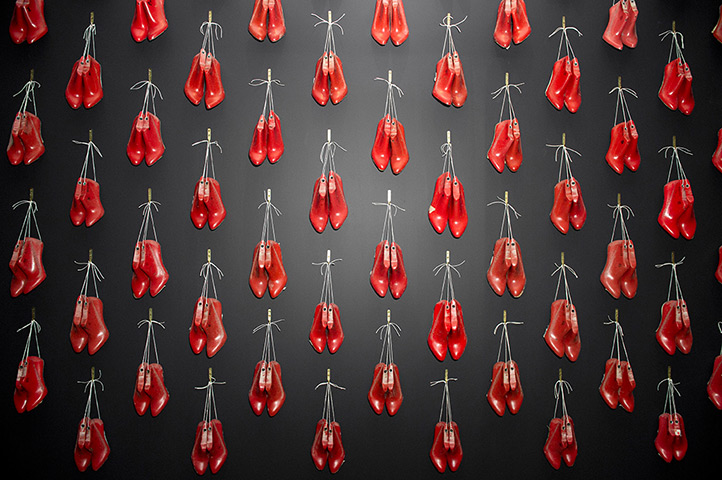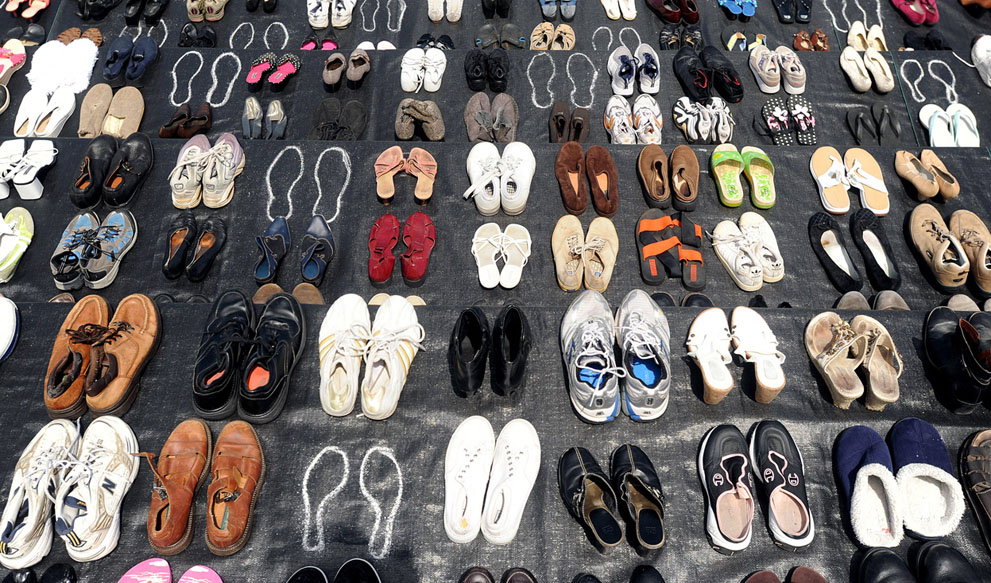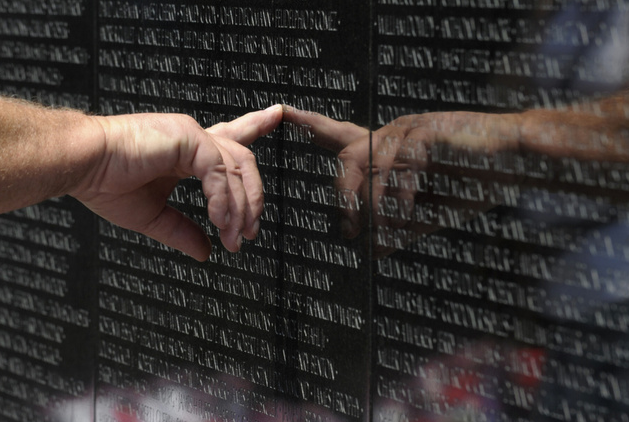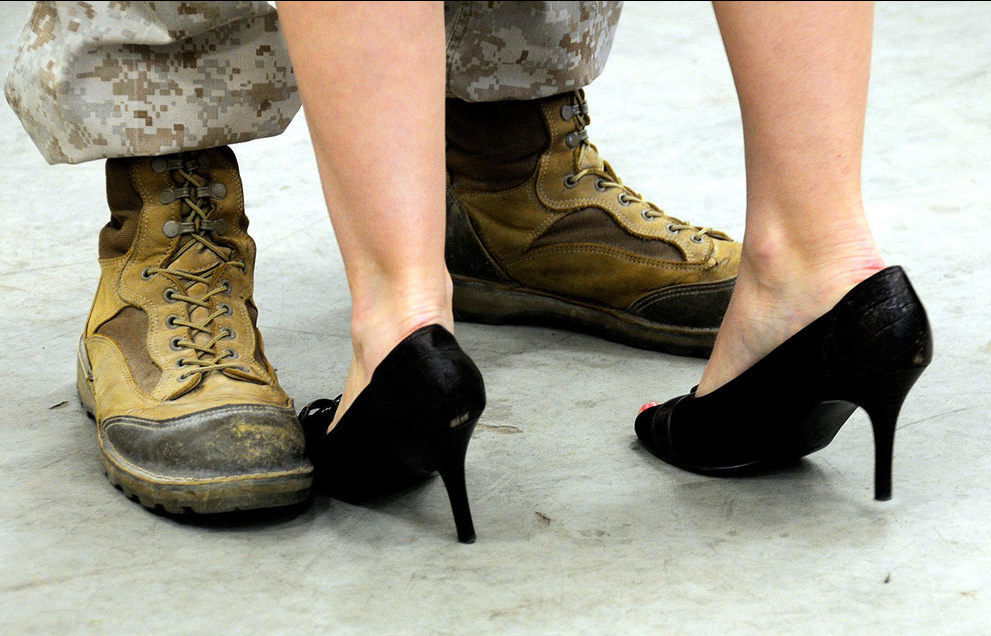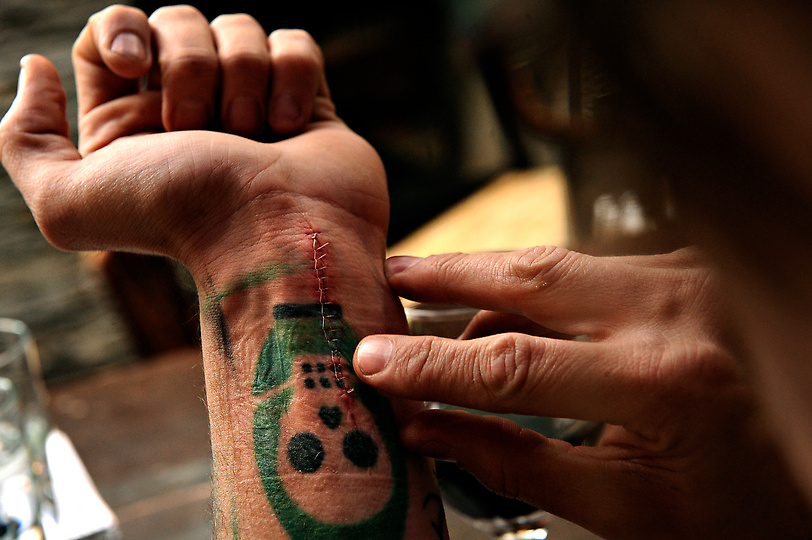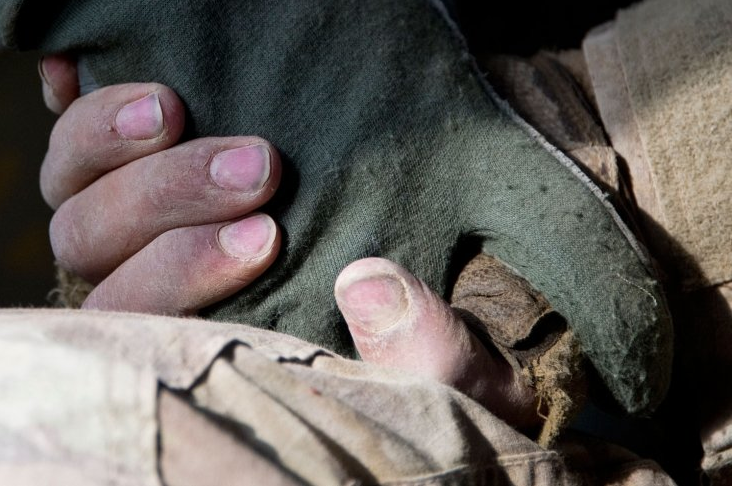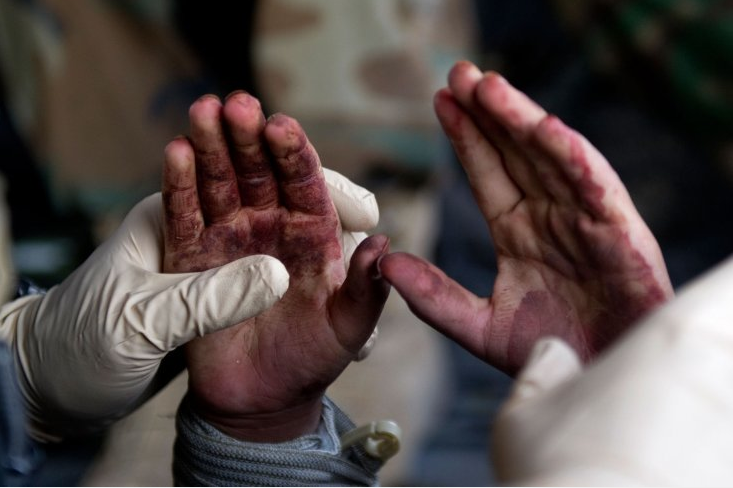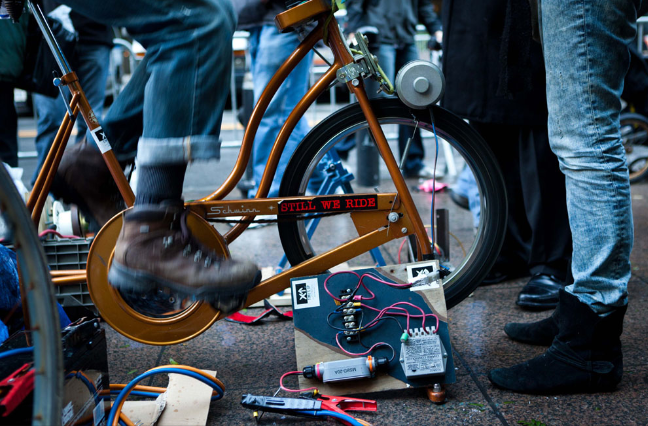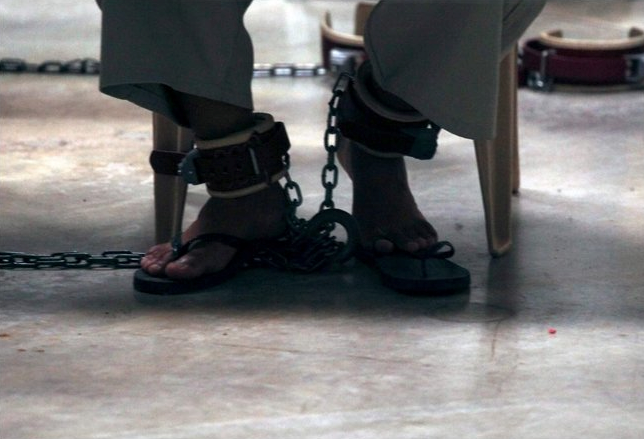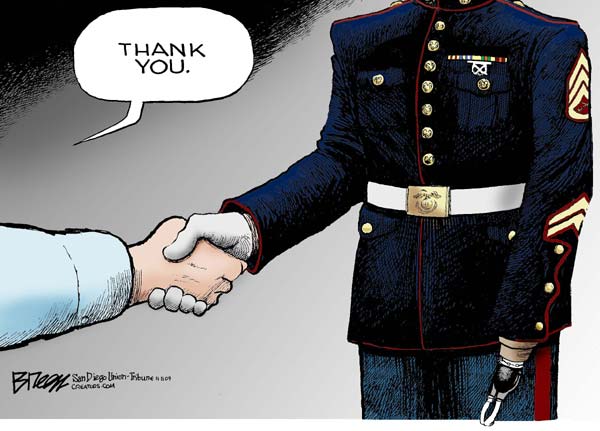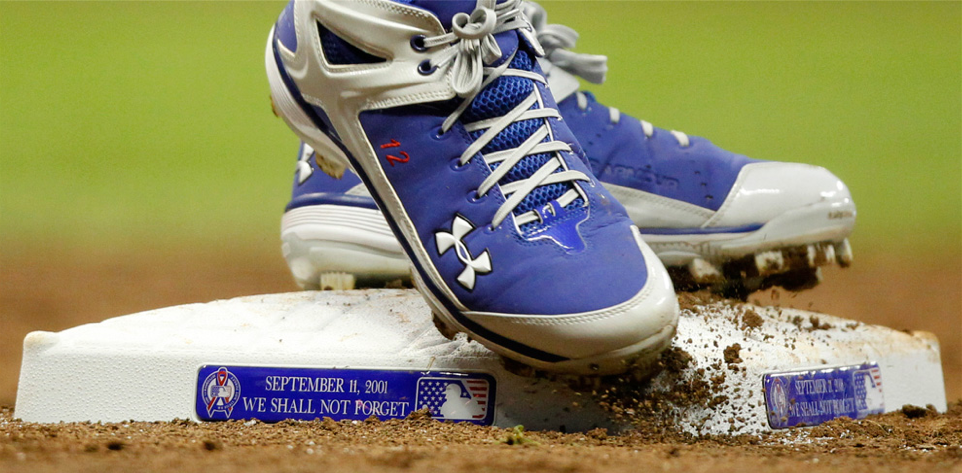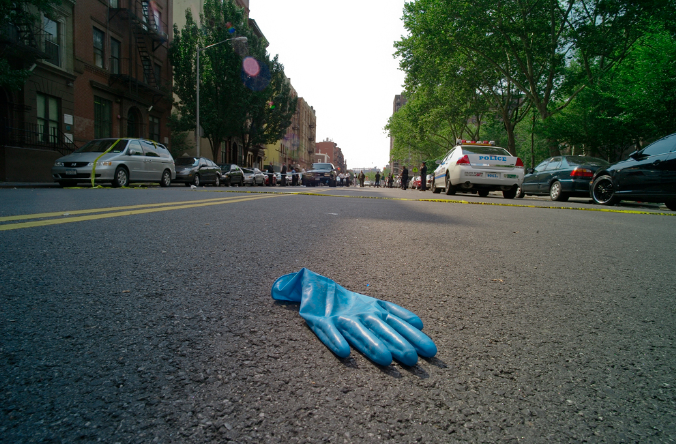You might think that a high end fashion item would seem more valuable for being rare, hard to get, almost one of a kind. Everyone should want one of the items, but it should be clear that not everyone will have one. So it is that this display of Christian Louboutin shoes seems counter-intuitive. How can there be so many of something so pricey? Why pay so much for something that appears mass produced and uniform? The Louboutin website opens with a pair of heels under glass, as if they were a rare treasure that should be protected from the open air, whereas this display of indistinguishable copies invites comparisons with the knockoff items that you can buy for a few bucks on the New York street.
But the curator who created this exhibit at the Design Museum isn’t in the business of selling shoes. Like the designer, she is keenly aware of how shoes signify, but the focus here is on prompting reflection on fashion as a design art. Two of the contradictions within modern fashion are that “exclusive” products typically are mass produced, and that consumers strive to distinguish themselves using identical items. These conditions make good design harder, not easier to achieve. Instead of individualized tailoring whereby everyone could be outfitted uniquely, clothing, furniture, and everything else has to be appealing and functional for many different people despite having a single, impersonal form. By acknowledging these constraints, the exhibit captures Louboutin’s achievement: even when one pair of shoes is shown to be exactly like all the others, they still look really good.
It’s also interesting to see how focusing on one art can reflect back on another. The display of the shoes makes each pair interchangeable with the others; what are real shoes become mere copies of an absent original. Thus, the mere awareness of mechanical reproduction subverts a secure sense of the reality or worth of the object. Photography, of course, suffers the same fate: the ease in making reproductions of any image heightens awareness of how each one is a copy of another reality. One result, particularly in the hands of some theorists, is to fault the art for cheapening our sense of what is really real. What happens, however, is that some images prove to be all the more exceptional for that. Their artistic achievements become more obvious, not less, when set against many others much like them. And that competition for attention amidst a pervasive process of copying is another of the constraints in fashion design. Perhaps we shouldn’t be surprised that one way to distinguish each of the shoes above is by the way it catches the light.
Nor need the comparison stop there. Fashion and photography can intersect not only in the museum but also out on the street. Or at the Golden Gate Bridge.
This commemorative display was created by the Bridge Rail Foundation, which advocates for measures to prevent suicides at the structure. Turns out there is more than one design problem involved. On the one hand, the bridge proves to be superbly suited to a wholly unintended use; on the other hand, perhaps the most deep-set objection is that preventative modifications mar the bridge’s aesthetic appeal, which is one of its principle design features.
In any case, it is interesting that a display of shoes can say so much about the tragic cost of inaction, and comparison with the first image can identify some of the reasons why. Whereas in the first image multiple copies enhanced distinctiveness, here the obvious uniqueness 0f each of the pairs heightens a sense of common fate. Each person wearing the identically recognizable Linboutin shoes will stand out in a crowd, and the status markers proclaim that they have the personalized flair that comes with being among society’s winners. Each of these motley yet varied shoes at the bridge marks a single individual no longer visible, someone who ended up at the bottom of life, caught in an undertow of despair that lead to the same darkness.
However cheap, each one of those shoes was a small fashion statement before it became a means for civic advocacy. The shoes’ second significance is extended further by being copied by the camera. Shoes, like photographs, are social objects, and so can talk by being seen and communicate further by being displayed. This photograph expresses the advocates’ intention, but it also prompts the viewer to think about who is seen and valued, who is granted attention or other social goods and who is left to walk by unseen–as if just another copy of the one before, even if on their way to the bridge.
Photographs by Jonathan Short/Associated Press and Noah Berger/Associated Press.
